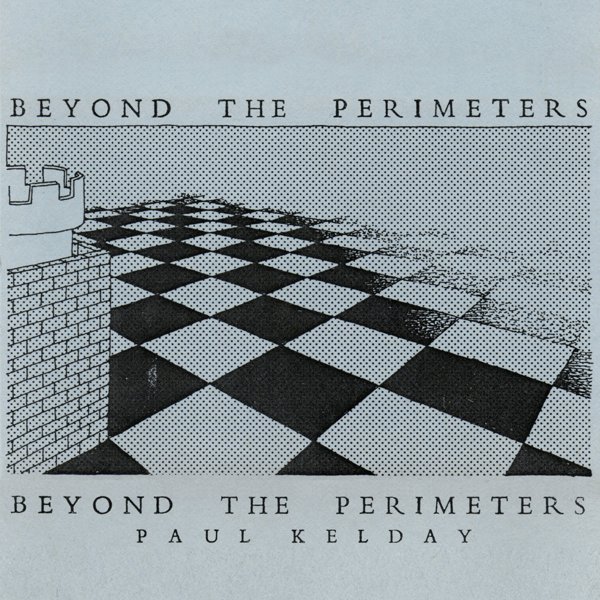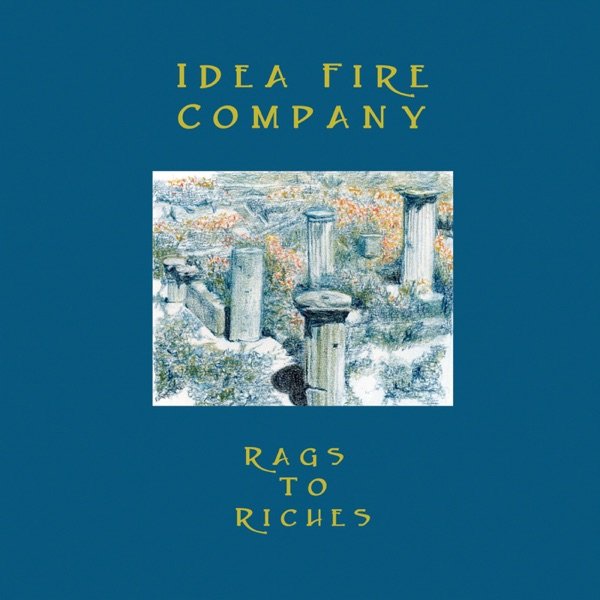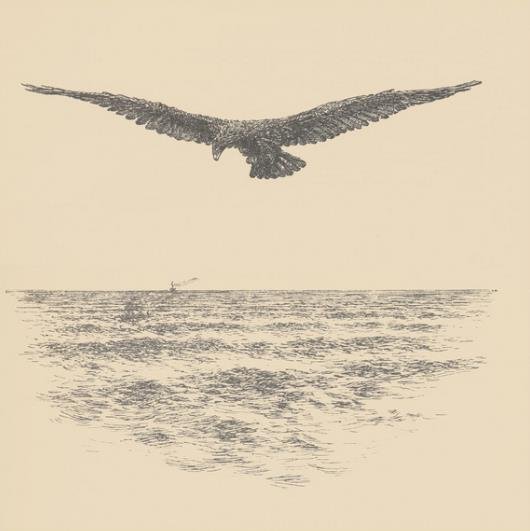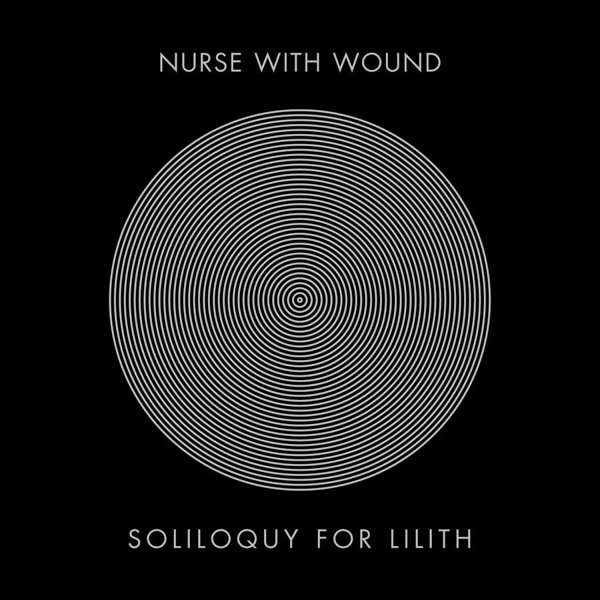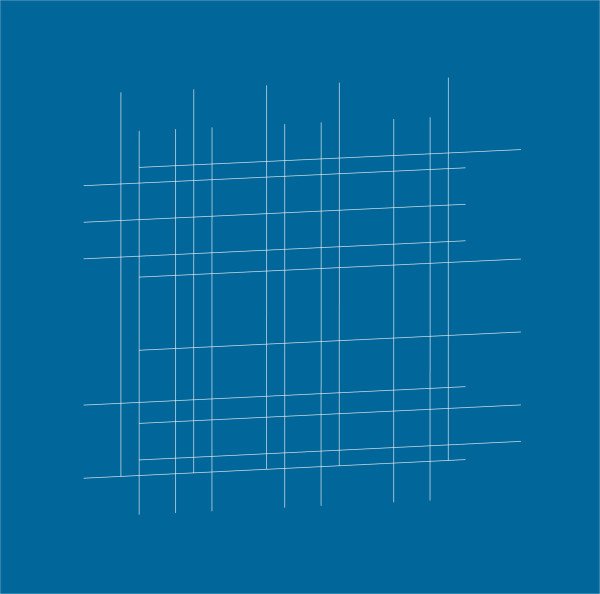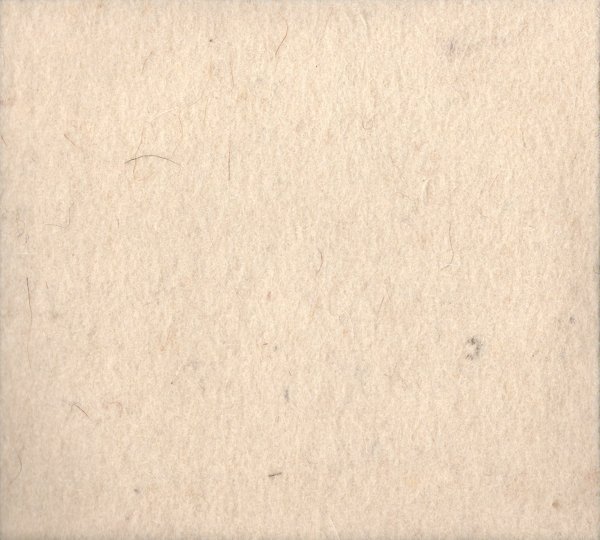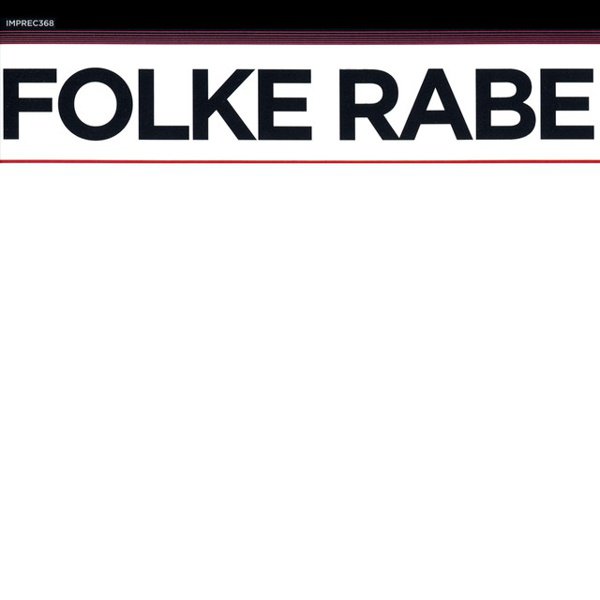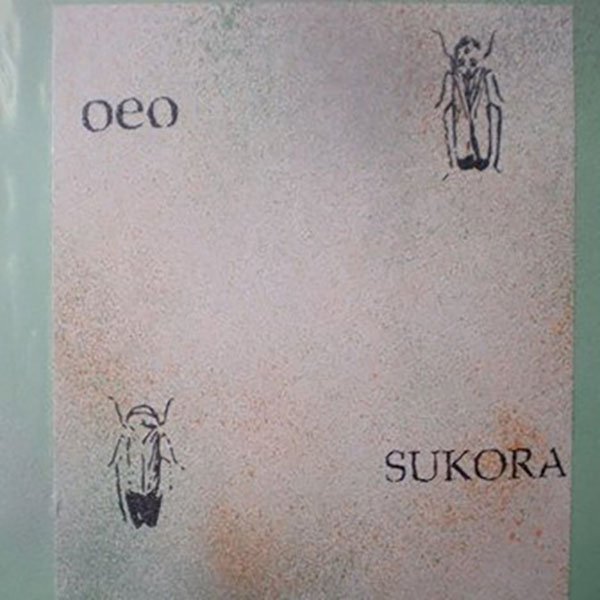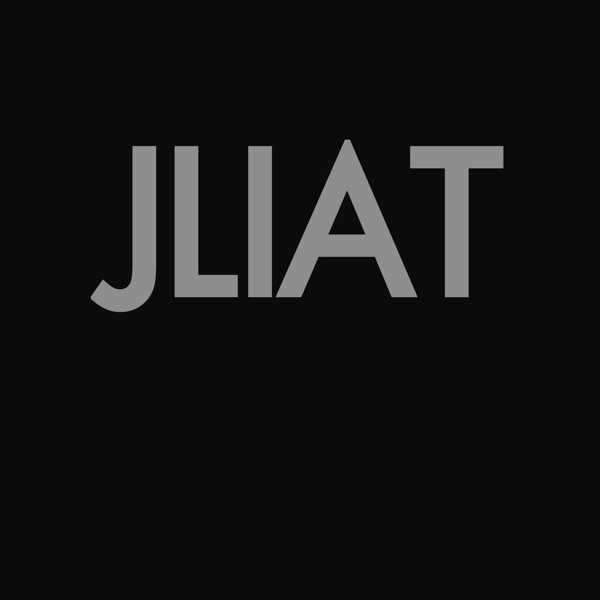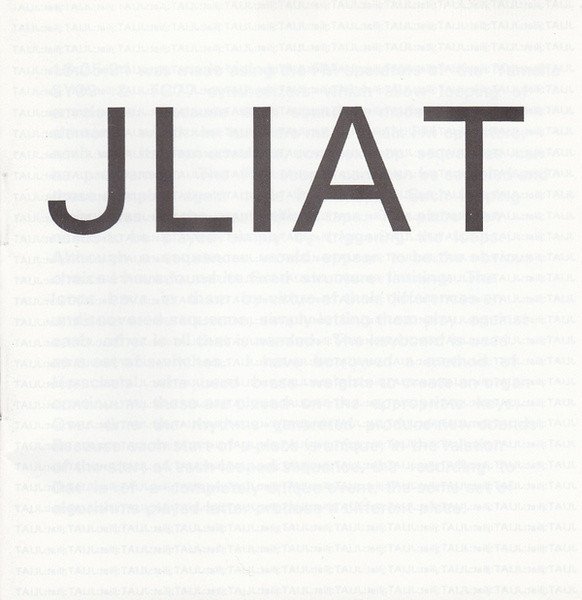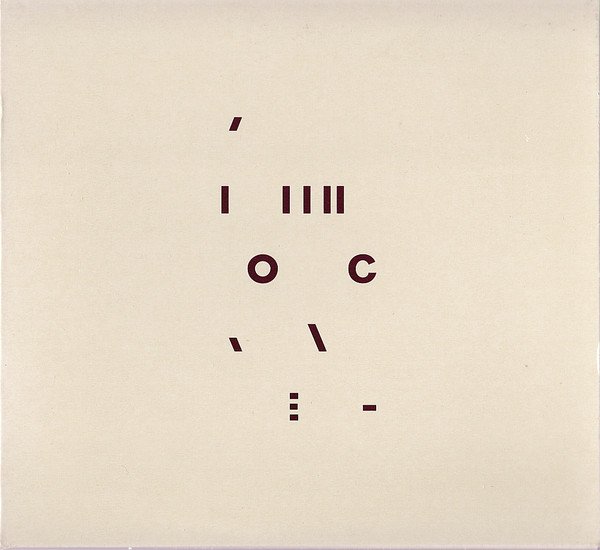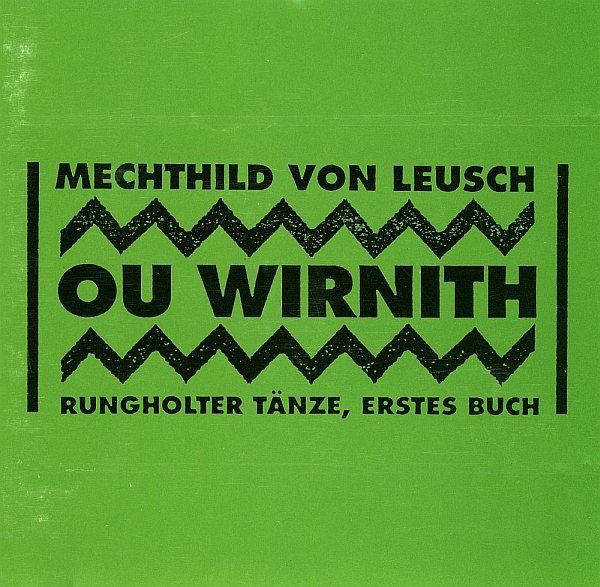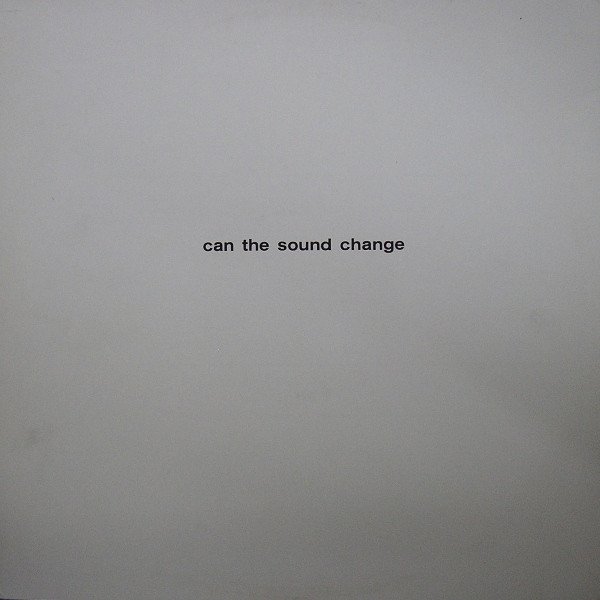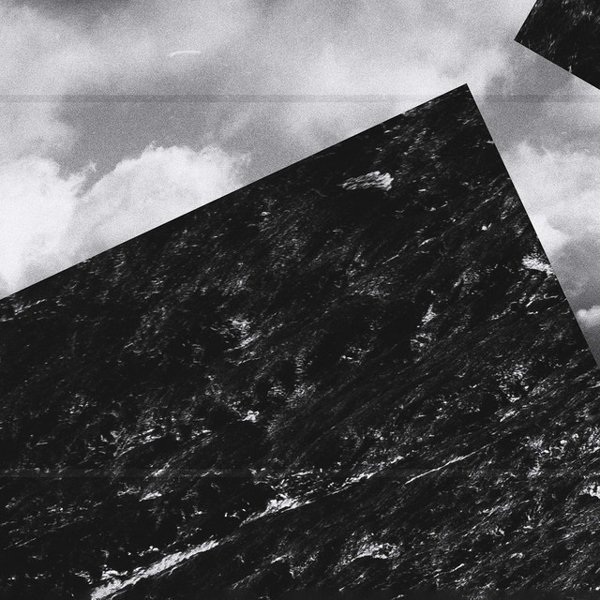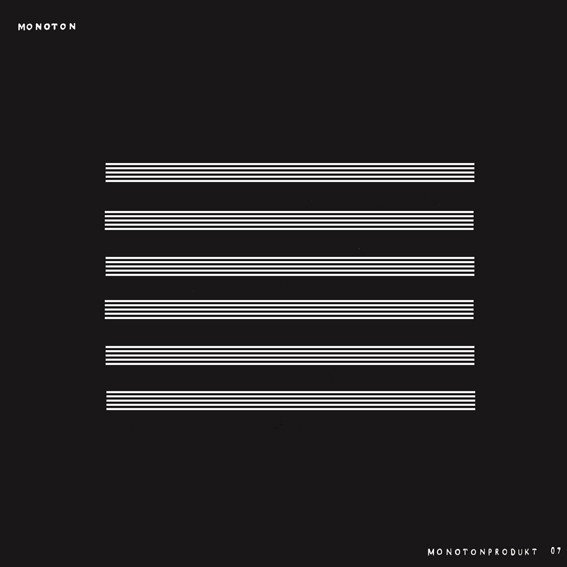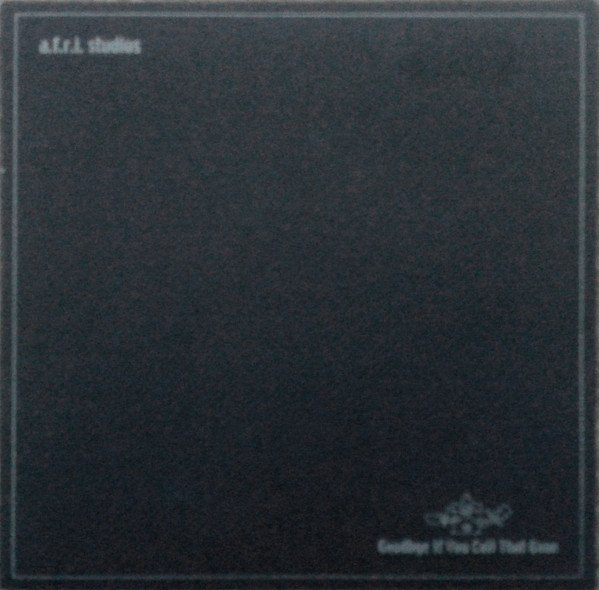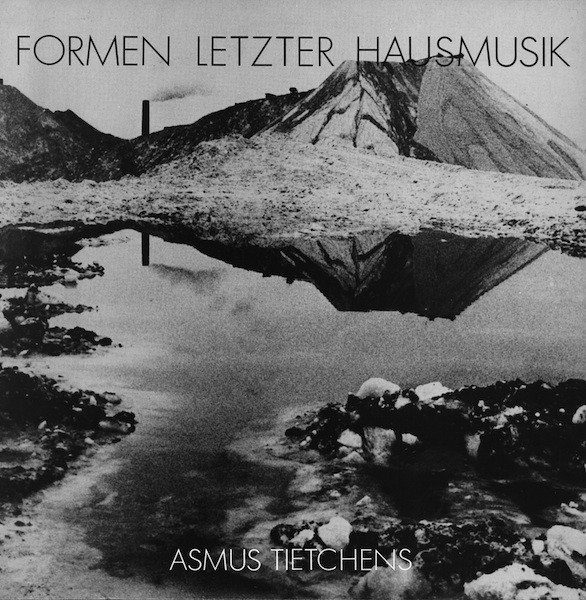For some time now, I’ve been fascinated by a particular strain of music – mostly (but not always) purely electronic, not quite ambient, not quite Kosmische, not quite industrial, not quite minimalism – that sits, patiently, on an idea, a sound, a tone, and explores. Often, that exploration can be incremental, and it’s good music for immersion, but not for vagueing out, or drifting away. There’s something demanding about its existence, as if the patience, the slowness, and the attention is a kind of intervention. It’s also music that seems free of generic contexts; often, the musicians involved have only loose connections with movements or genres, and sometimes they’re removed from the world of music and genre to the point of near-anonymity.
‘Solitary electronics’ seemed a nice way to frame it, given that often these artists seem to be out on their lonesome, or to have retreated into their own worlds for the making of the music. I think, in particular, of a figure like Steven Stapleton of Nurse With Wound, whose music generally is far more active, Surrealist in its machinations, but who, on Soliloquy For Lilith, created a masterpiece of slow, organic textural undulation, spread across six sides of vinyl. Reading about the making of the album, it was curious to discover Stapleton strung together some pedals and found he could affect the tone produced just by moving his hands near the pedals, not actually touching them – talk about removing the self from the equation.
Music by the likes of Folke Rabe and JLIAT seems almost hard-headed in its pursuit of staticness, or very incremental development. For JLIAT, this seems as much to be about a conceptual art or philosophical positioning than the aesthetic outcomes of his processes, though that might be a generalisation. The resultant music, though, can seem strangely ecstatic in its steadiness and poise – particularly, as on January Evening listed below, the tonality is a kind of glistening, star-bound glow. Rabe’s work connects us with another thread that feeds into this music, that of modern composition, though the impressive thing about Rabe’s What?? is how its radical stillness connected with, but didn’t fully fall alongside, the resurgence of minimalism in the nineties – it was reissued, initially, by Jim O’Rourke and David Grubbs on their Dexter’s Cigar imprint, and was thought of in the same circles of music as Charlemagne Palestine and Tony Conrad, due to those broader contexts.
Elsewhere, we can see that linkage with modern composition and electro-acoustics in the massive, abraded blocks of sound on some of the Gottfried Michael Koenig works. It’s also something that clearly informs a thread of music that has come out of Germany since the 1970s, led by Asmus Tietchens and the late Conrad Schnitzler, pursued with some vigour by Werkbund, Mechthild Von Leusch, S.B.O.T.H.I., and (in Austria) Monoton. What’s curious about these artists is the way they connect dots between electro-acoustics, industrial, and even, in the case of Monoton, a formative interest in rhythmic pulsation that foreshadows the darker side of minimal techno. Yet each of these producers and artists feels disconnected from ‘scenes’, and their material has an appealingly detached mood to it, as though they are explorers of their own universes.
We can follow this through into more recent (nineties and onward) productions by the likes of Miki Yui, A.F.R.I. Studios, and Phil Maguire, who all embrace a similar static energy, but interface, perhaps, with other areas – like glitch, or the ‘lowercase music’ of the likes of Bernhard Günter and the late Steve Roden. Out at the furthest reaches are the demandingly austere approaches of the likes of Hirama Takahiro and Sukora, whose music is reduced to pure, repetitive gesture, or is so quiet it often falls off the map entirely. (Sukora’s Oeo, pressed onto vinyl, feels a compromise of sorts, simply as the noise of the record itself becomes part of the overall experience in a way that’s quite unlike most other music.)
If some of this music feels close to a kind of conceptual art intervention, I’d warn against that kind of reading. If there are connections with the conceptual, it’s often done in a more DIY, punk way, an act of discovery, or accident, or the exploration of an obsession. That’s not to say some of the work isn’t conceptually rigorous – the likes of JLIAT are very thought-through in their practice – but what’s most important here, perhaps, is that these focused, idiosyncratic artists, through no intent of their own, really, have somehow landed on a similar page.

